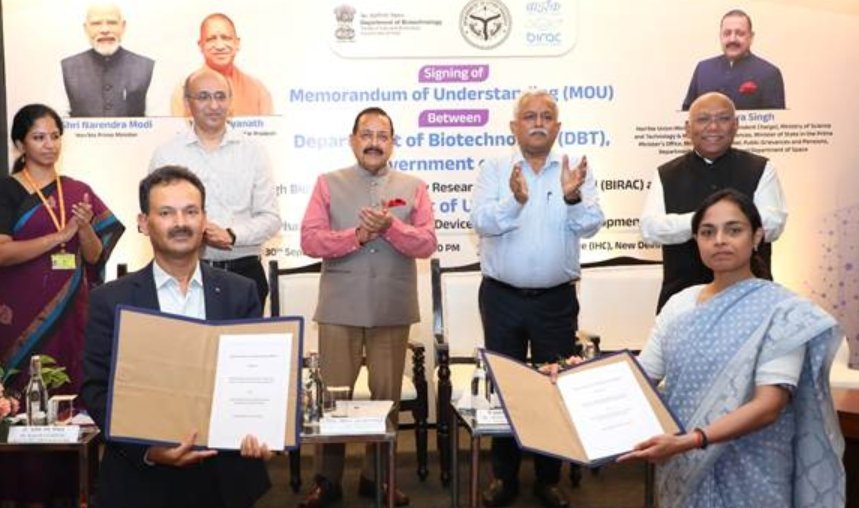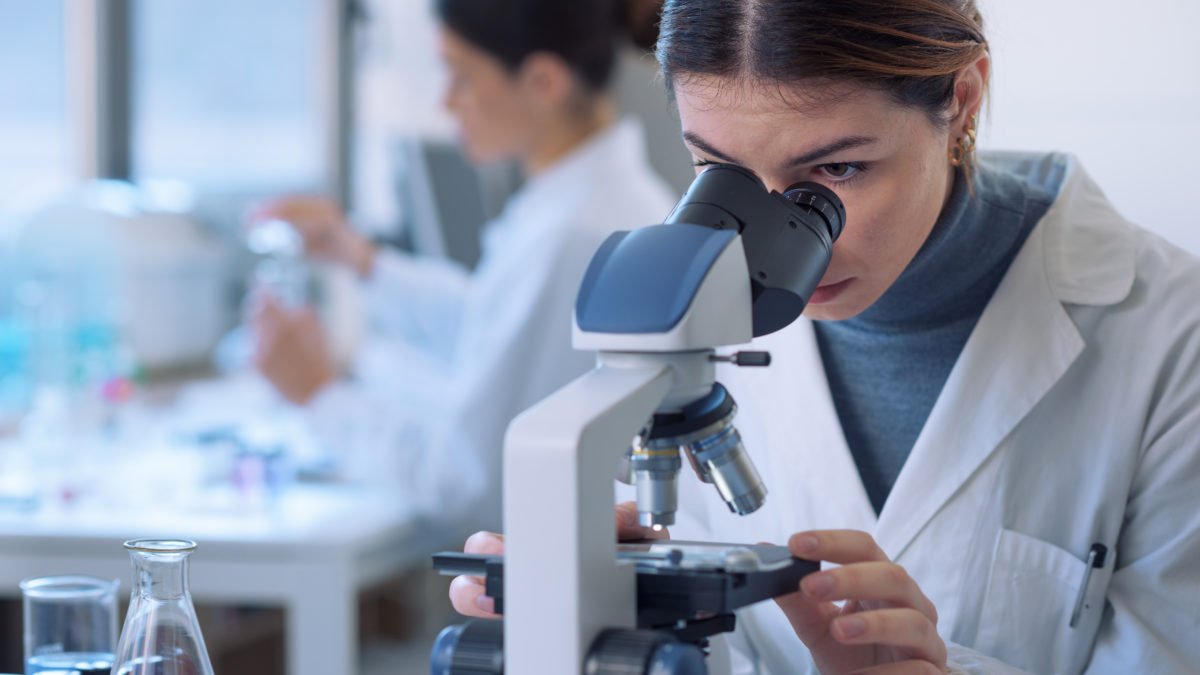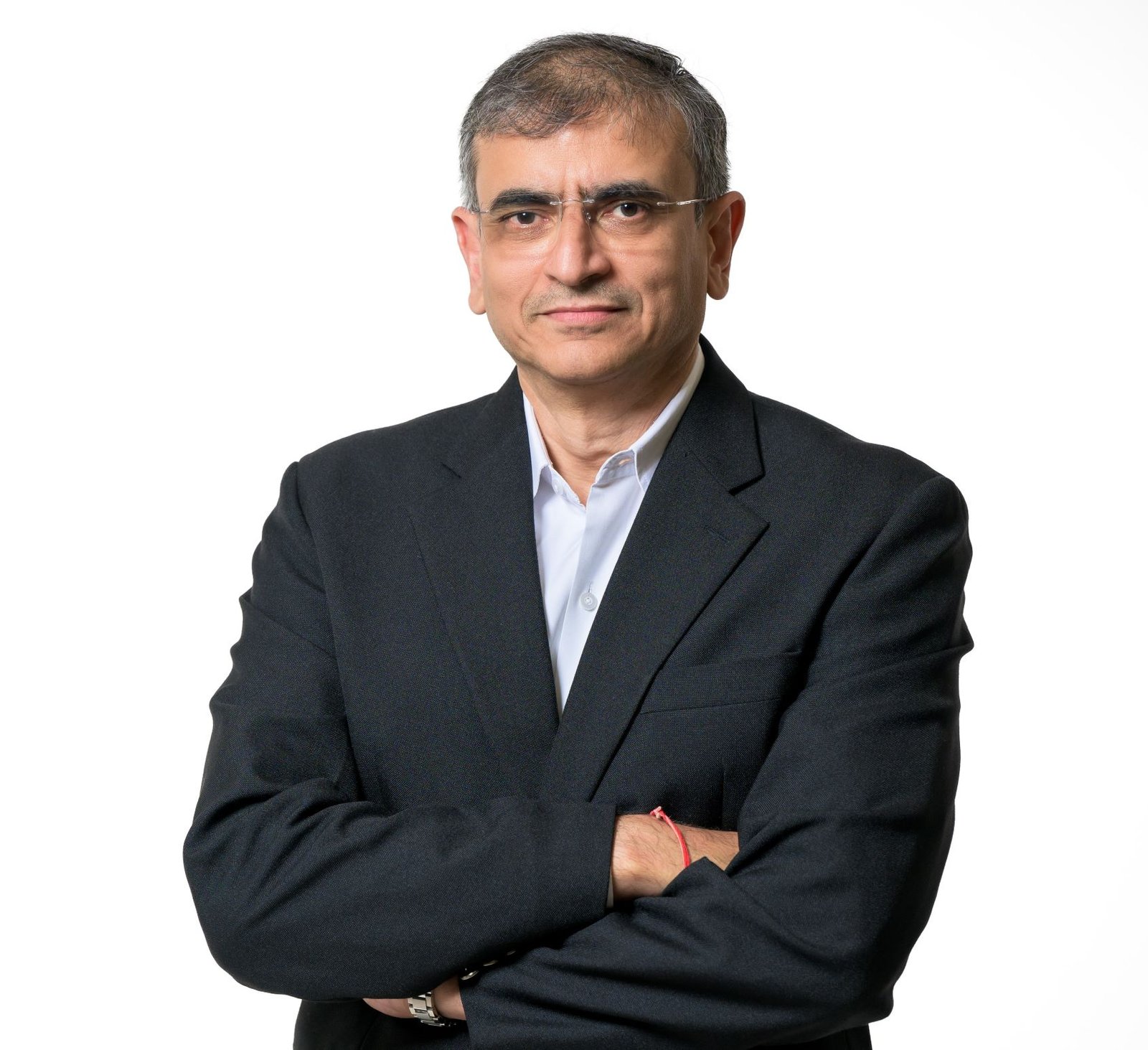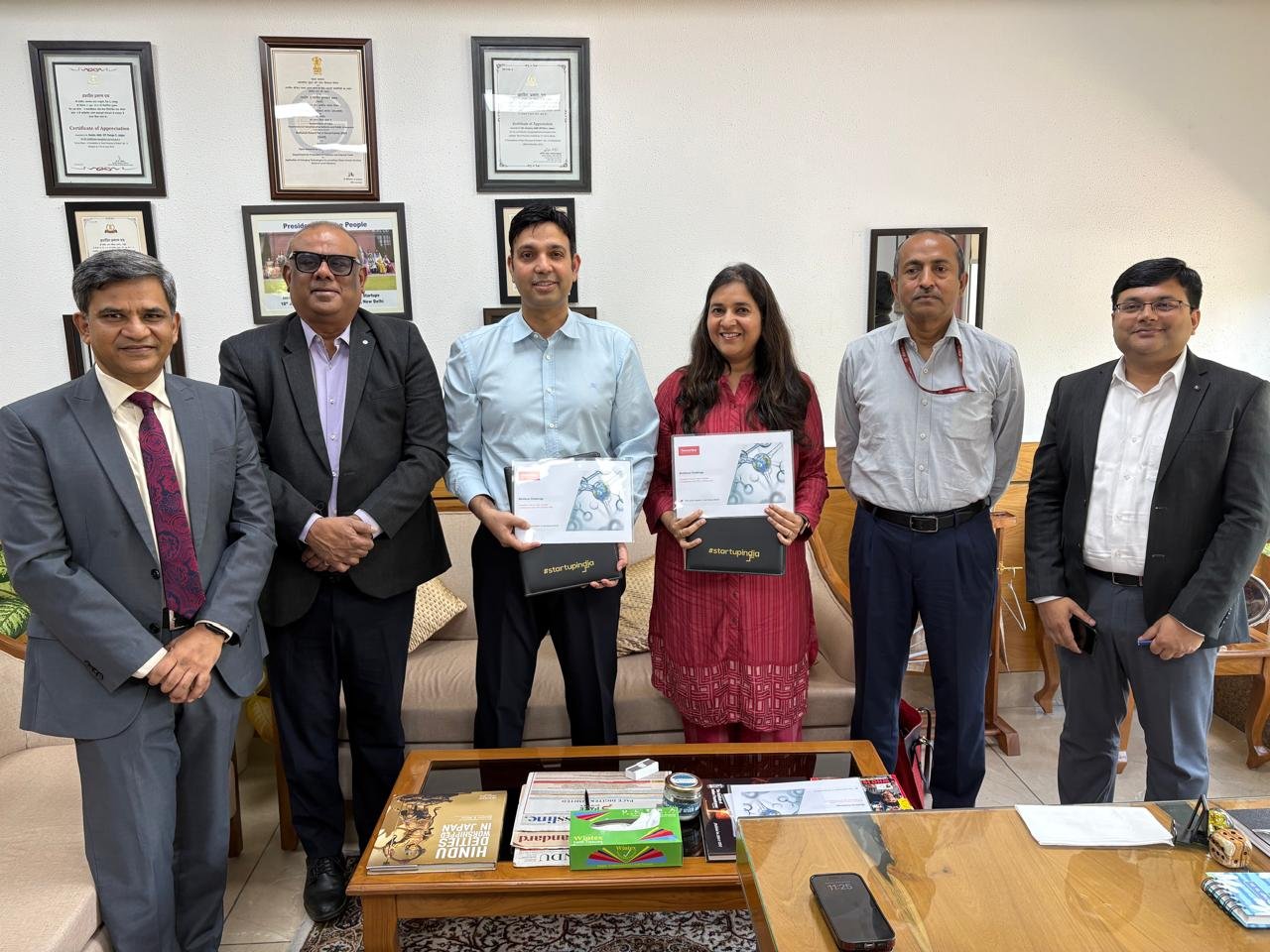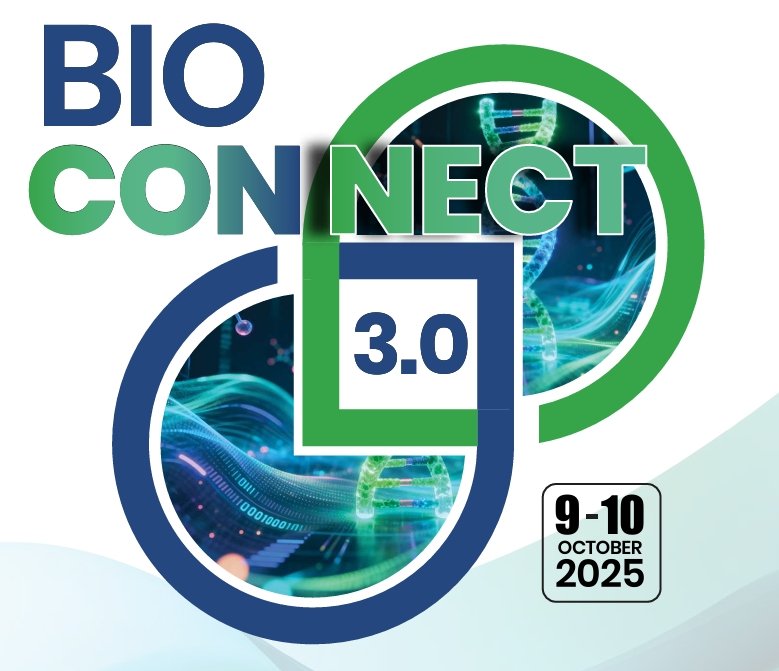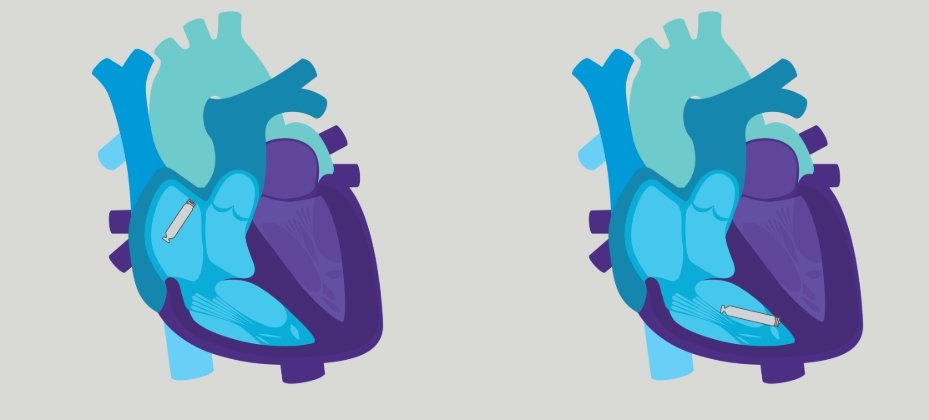"Our growth has primarily been through acquisitions"
June 05, 2008 | Thursday | News
New Page 1
"Our growth has primarily been through
acquisitions"
-Ann O'Hara, GM, life sciences services, GE Healthcare
The UK-based GE Healthcare is a $17-billion unit of General
Electric and is a leader in providing expertise in medical diagnostics, patient
monitoring systems, disease research, drug discovery, biopharmaceutical
manufacturing technologies and purification products. In an interview, Ann O'Hara,
general manager, life sciences services, GE Healthcare, shares her thoughts
about the market opportunities for the company in the Asia Pacific region.
Excerpts:
What is the company's approach and
strategy?
Our approach is to help the healthcare and the life sciences
industry. Our three main focus areas are diagnostics that comprise most of our
business in terms of revenue, then life sciences and lastly the IT component.
Our growth in life sciences and IT have primarily been through acquisitions.
Getting into developing a bigger vision, we acquired Amersham
four years ago and getting in to IT, we acquired several companies in the last
10 years. In the Amersham acquisition this component we call life sciences is
primarily made up of products and services that help scientists to research and
develop therapies, unlock nature's secrets and also produce therapies for the
patients. What we want to provide in this arena are leading technologies that
help customers save time, money and save costs. We have leading expertise in
proteins and we are also developing products in genomics.
Which are the products that have fetched
in good revenue for the company?
We have a range of products having the name AKTA, the
laboratory brand for purifying biomolecules. Every lab that purifies proteins
utilizes this product. So that is the biggest product. We cover a broad range of
products but the absolute areas where we are leading are purification of
biomolecules and characterization of biomolecules. The technologies are
originally coming from Pharmacia, Amersham, Biacore, GE and the other companies
that GE has acquired.
For expanding its portfolio of products, GE has acquired
companies like Wave, which is into cell culture for growing mammalian cells and
then acquired Biacore, another company which we bought a year ago is into the
analyzing interaction between molecules. The most recent one is Whatman. It
develops and manufactures filtration technologies and devices used in biomedical
research, quality control testing, clinical diagnostics and medical equipment.
So far, we are very successful with our
protein purification products.
It would not be wrong to say that 95 percent of the
monoclonal antibodies that are used in therapy are purified using GE life
sciences products and what we are trying to do now is to make those technologies
and products more efficient, lean and better. We also have one of our global
research centers in Bangalore. We have one in the US, one in China and one in
Munich.
How is molecular imaging doing in the
market?
Our molecular imaging is at a nascent stage now. However, the
molecular imaging program is quite inspiring because we have a lot of expertise
in multiple different functions and different industries and also because we
have a number of partnerships with universities.
What are the market opportunities in the
Asia-Pacific region?
Asia is an incredible untapped market in terms of its
potential and is a very large region. The development of the pharmaceutical and
biopharmaceutical industry has just begun. So there's an amazing amount of
progress to be made with patients, from vaccines to various therapies, cancer,
diabetes etc. So what we see following behind that is also a rapid development
happening in the scientific expertise. Asia as a region respects education.
There is a huge number of scientists and engineers graduating in Asia every
year. We as a company see a tremendous asset of talent here. We have been in
this region in terms of gaining expertise and access to population of
scientists. Our customers here are not just making products for the local market
but also for exports. So we want to be along their side and help them in serving
better globally.
In terms of our business, India has a fantastic opportunity.
India has the communication advantage over China. And in the next few years we
will certainly be developing products, which are more suitable for India and at
an Indian market price.
What differentiates GE from its
competitors?
First of all, it starts with the strong history of technology
and GE's portfolio of acquisitions. Each of the acquisitions has an enormous
history, whether it is Pharmacia, Amersham, Biacore or Wave Biotech. These
companies had significant presence and now we are trying to be good shepherds of
those technologies.
GE has a lot to offer in terms of its progress in a couple of
areas. One is business operations that are focused on delivering exceptional
service and exceptional value to customers and focusing on helping customers
become more lean. If you look at our significant presence through the last 20
years, we were one of the first companies to be in India and that way science
will benefit from that because we are being pushed not by our competitors but
our businesses.
If you look at, for instance, our new ECG, the MAC 400, that
product was developed in India and now is being produced by the Indian product
managers in a facility that is of global standard. We provide world class
quality and reliability wherever we operate.
How much competition does the company face
from other big multinational players in this space?
I think I am highly biased with that. We always have our
customers in focus and we try to be effective. We have many competitors, most of
them are from the US or Europe and some from Japan too.
How much does the Indian GE business
contributes to the global business?
GE Healthcare India is approximately $500million of the
global $17 billion. We expect this $500 million to be $800 million in another
two years time.
What are the other Asia Pacific markets
you are looking at?
Singapore is an interesting market. There is a lot of
government support, a lot of customers are setting up there and it is also given
a few tax advantages. The government there is supporting biotech in a big way.
GSK, Genentech, Novartis and many other pharma and biopharma companies have a
big base there. Australia offers a good market for plasma purification. Our
approach for China is to build knowledge services there. Each market is
different for us and therefore we serve each one of them in a different way and
obviously we are looking at expanding our business in these regions.
GE has made a significant number of
acquisitions in the last few years for strengthening its base. Are you looking
at more acquisitions in the coming years?
There is a continuous search for companies. In a few days we
will close the Whatman acquisition, which is very significant. We will see what
the future holds, but acquisitions are always a possibility.
How significant is the Whatman acquisition
to the company?
Whatman fits within our portfolio and also offers us the
ability to move beyond where we are. It is a research and application,
filtration company and also spreads beyond life sciences. The company is also
into forensics and so it is also pushing us to see other industries. So the
future is to push the portfolio of our products to other industries and our
ability to strengthen its significance in life sciences.
Jahanara Parveen



